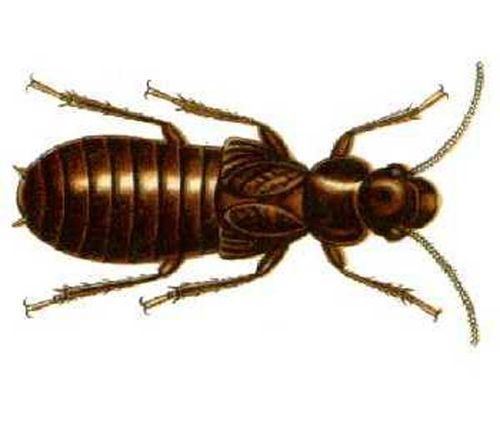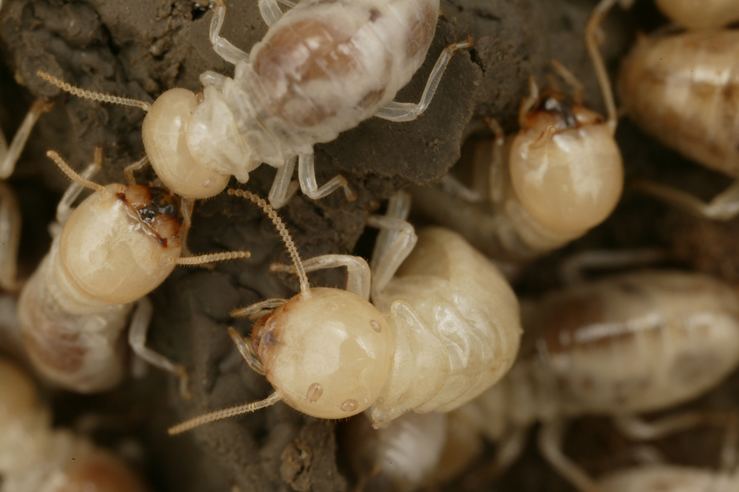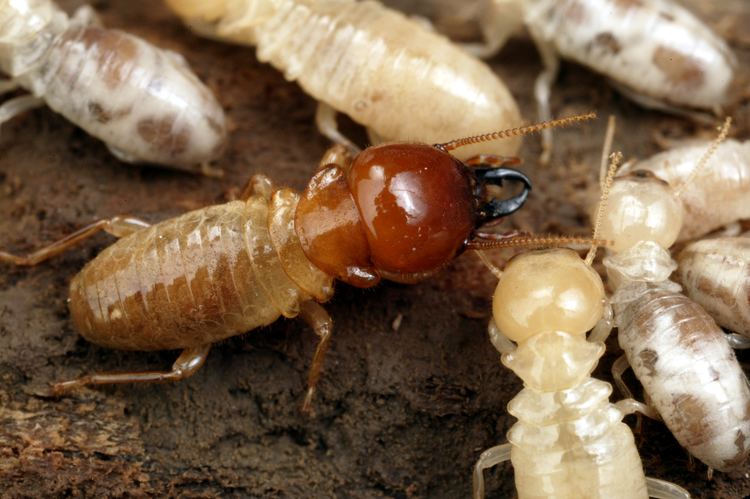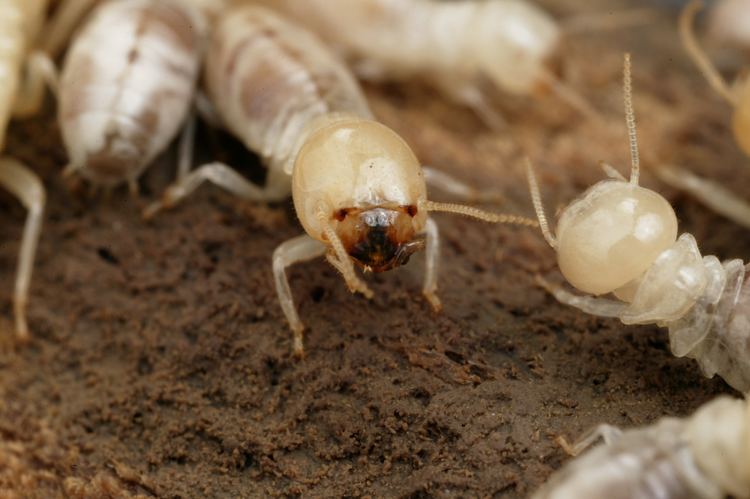Rank Species | Family Mastotermitidae Higher classification Mastotermes | |
 | ||
Similar Insect, Cryptocercus, Kalotermitidae, Termitidae, Hodotermitidae | ||
Mastotermes darwiniensis, common names giant northern termite and Darwin termite, is a termite species found only in northern Australia. It is a very peculiar insect, the most primitive termite alive. As such, it shows uncanny similarities to certain cockroaches, the termites' closest relatives. These similarities include the anal lobe of the wing and the laying of eggs in bunches, rather than singly. It is the only living member of its genus Mastotermes and its family Mastotermitidae, though numerous fossil taxa are known. The termites were traditionally placed in the Exopterygota, but such an indiscriminate treatment makes that group a paraphyletic grade of basal neopterans. Thus, the cockroaches, termites, and their relatives are nowadays placed in a clade called the Dictyoptera.

These singular termites appear at first glance like a cockroach's abdomen stuck to a termite's fore part. Their wings have the same form as those of the roaches, and its eggs are laid in a case as are roach eggs. It is thought to have evolved from the same ancestors as the wood roaches (Cryptocercus) in the Permian. Fossil wings have been discovered in the Permian of Kansas which have a close resemblance to wings of Mastotermes of the Mastotermitidae, which is the most primitive living termite. This fossil is called Pycnoblattina. It folded its wings in a convex pattern between segments 1a and 2a. Mastotermes is the only living insect that does the same. Unlike roaches, not all termites have wings. Only the reproductives (see Life cycle of termites), whose wings are considerably longer than their abdomen. M. darwiniensis is usually not very numerous, nor are the colonies large when left to natural conditions. However, when given abundant water (such as regular irrigation) and favourable food and soil conditions (such as stored timber or timber structures), populations can be enormous, numbering in the millions, quickly destroying their host. Its diet is varied, as it will eat introduced plants, damaged ivory and leather, and wood and debris, and in fact almost anything organic. It becomes a major agricultural pest, to the extent that vegetable farming has been virtually abandoned in Northern Australia wherever this termite is numerous, which it is outside of the rain forest or bauxite soils. It has developed the ability to bore up into a living tree and ring bark it such that it dies and becomes the center of a colony.

M. darwiniensis is the only known host of the symbiotic protozoan Mixotricha paradoxa, remarkable for its multiple bacterial symbionts.

